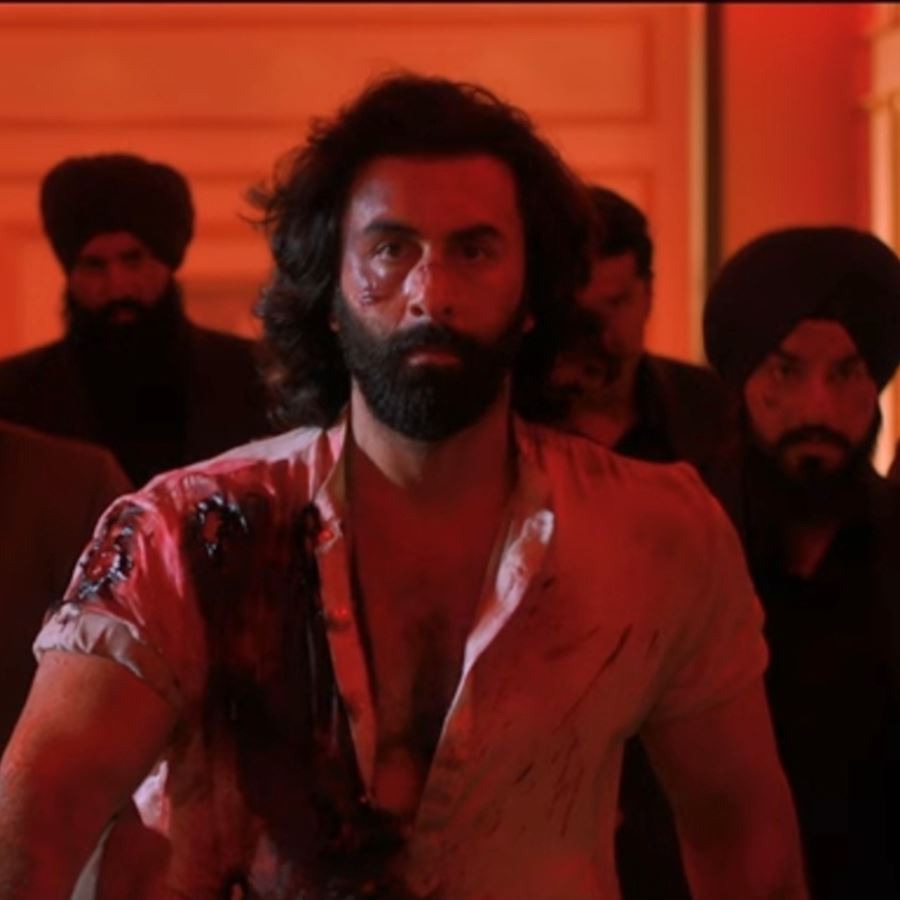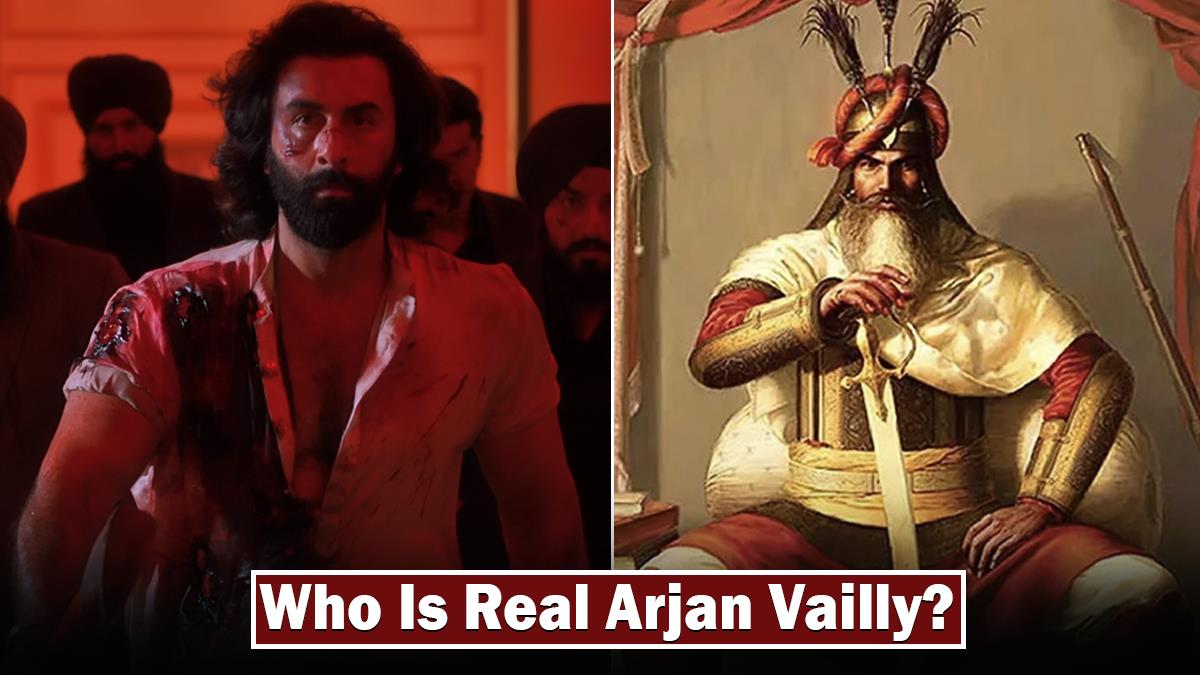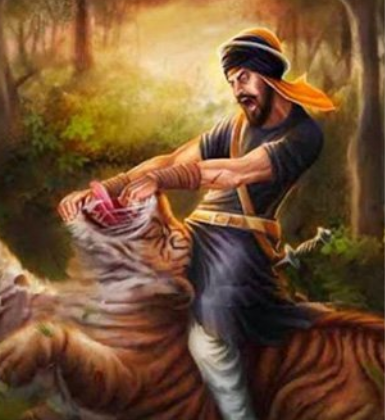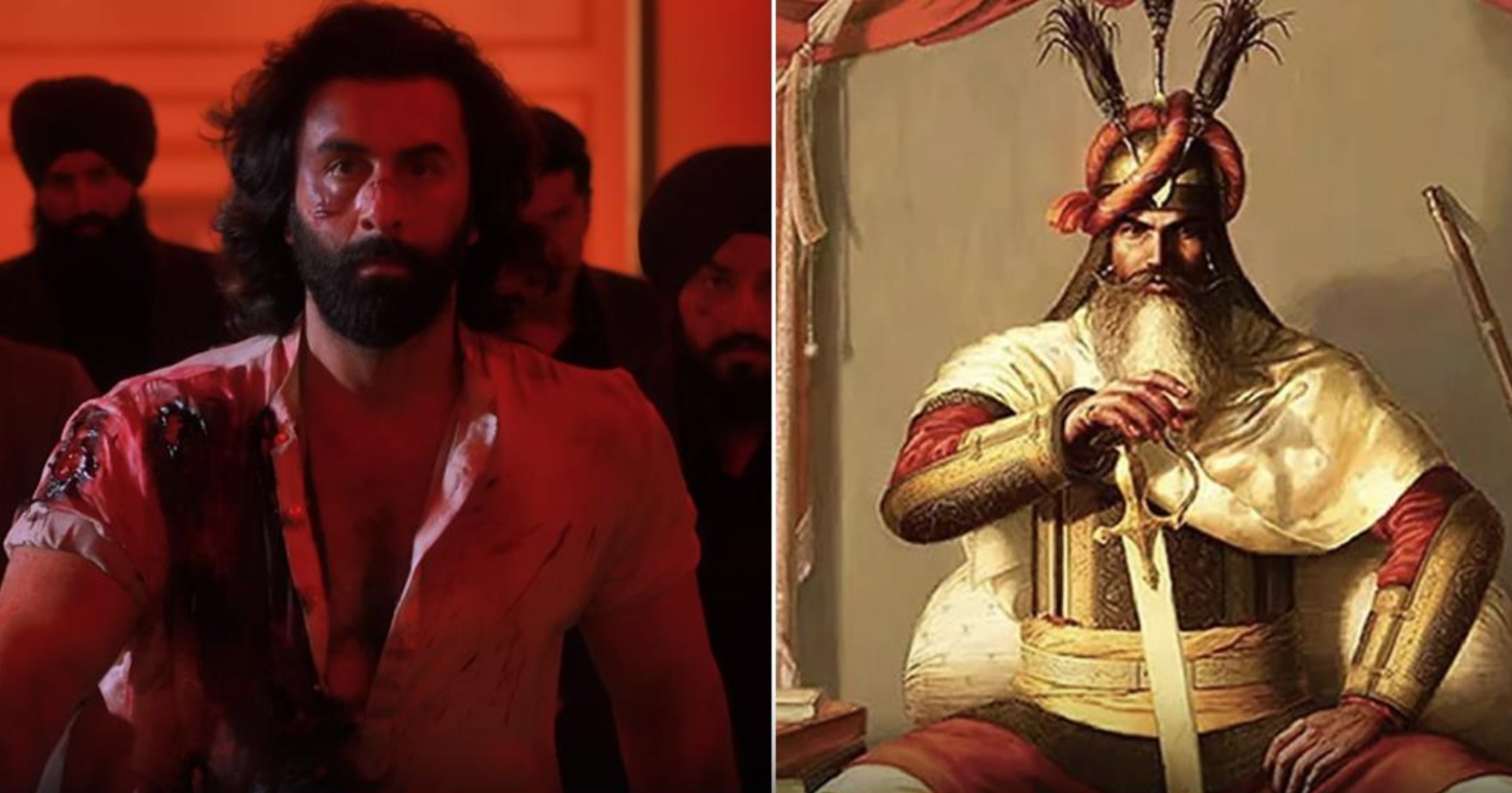In the resonant vocals of Bhupinder Babbal, the song ‘Arjan Vailly’ from Sandeep Reddy Vanga’s movie ‘Animal’ is creating quite a stir. Have you delved into the meaning and the tale behind this song, which features Ranbir Kapoor and has earned praise from Diljit Dosanjh? Dosanjh even quoted a line from the song, “Arjan Vailly ne Pair Jod Ke Gandasi Maari,” when sharing the film’s teaser.

The backstory of the Animal song ‘Arjan Vailly’ This song is crafted in the Dhadi-Vaar musical style, originally created by Guru Gobind Singh during battles against the Mughals to instill courage in his people, akin to a war cry.
Kuldeep Manak initially sang the song, which revolves around Arjan Singh Nalwa, also known as Arjan Vailly. He was the son of Hari Singh Nalwa, the Commander-in-chief of the Sikh Khalsa Fauj in the 18th century—the army of the Sikh Empire. Hari Singh, also called Baagh Maar, once killed a tiger that attacked him and his horse using a dagger while fending off blows with a shield.

Who was Arjan Singh Nalwa?
Hailing from the village of Kaunke near Jagroan, close to present-day Ludhiana, Punjab, Arjan Singh Nalwa, along with his brother Jawahir Singh Nalwa, valiantly fought against the British expansionism threatening the sovereignty of the Sikh State after the death of his father Hari Singh.

What does the Animal song ‘Arjan Vailly’ signify?
The initial line of the track “Ho Khade Vich Dang Khadke, Othe Ho Gayi Ladayi Bhari” signifies a heated conflict erupting within the crowd.
The significance behind the prominent line in the song “Arjan Vailly ne Pair Jod Ke Gandasi Maari” is that Arjan Vailly forcefully swung the axe by uniting his feet.
“Takuye gandanse chaviya Kehte khadak paiyan kirpana” implies that all weapons, including the kirpana, were wielded in the battle, according to popular belief.
“Oh Sana Wangu Jatt Bhirhde, Sakhi Sukh Na Disse Bhagwana” portrays Jatts engaging fiercely like oxen, with no glimpse of peace in sight.
“O Leero Leer Ho Jaugi, Kehnde Bachno Di Phulkari” depicts an intense battle where no one is spared, and there’s fear that Bachno’s dupatta will be torn to shreds.
“Mundiyan De Singg Fass Gaye, Ve Koi Nitroo Vadenve Khani” illustrates Singhs fighting vigorously like bulls, with their horns entangled, and only the worthy opponent will prevail.
“Dharti de khoon dhooleya ve Jiveh tidhke kade jo paani” vividly describes blood flowing like water from a broken pot on the ground.
“O Shera wangu yaar kadke Pehli yaar se jinneh de yaari” signifies friends standing steadfastly like lions by their side.
“Ho chaaron passe raula pe gaya jado maareya gandasa hath jod ke” suggests that hitting the axe with joined hands causes a commotion among the onlookers.
“Khoon de tarale chal de Thaale set leni tona nu marod ke” depicts blood pouring out like a waterfall as opponents are grabbed by the throat and twisted.
“Sher jeha rohb jatt da Thalle rakh da police sarkaari” characterizes the unyielding demeanor of a Jatt, akin to a lion, keeping the police and government underfoot.
The song delves into the father-son relationship, metaphorically portraying Arjan Vailly as a symbol for Ranbir Kapoor’s character. He is depicted with a bloodied shirt, wielding an axe, seemingly engaged in acts of violence for the sake of his father.
Also read: https://funniestindian.com/bobby-deol-controversial-scene-animal-3-wives/
